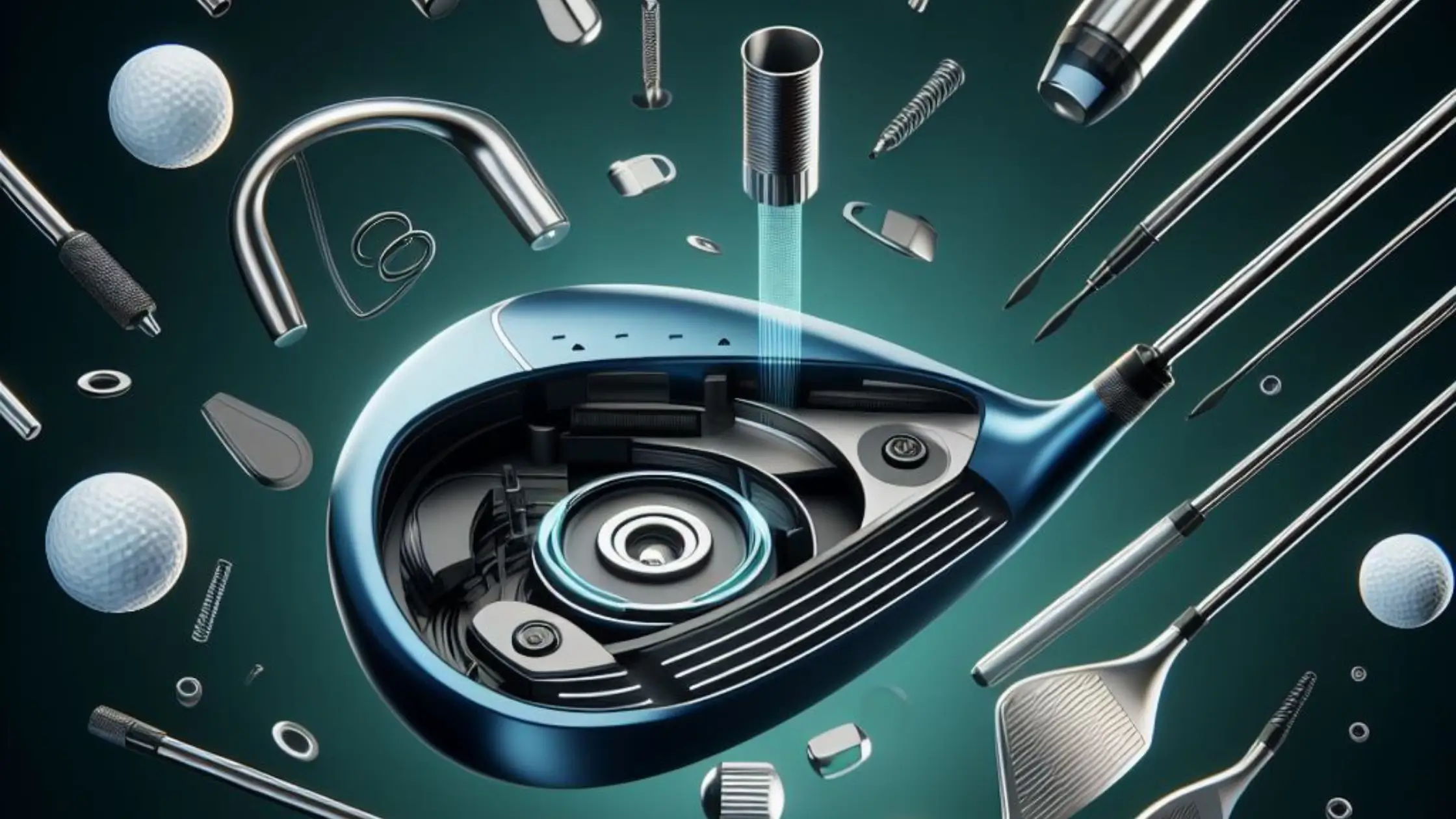What is an Offset Golf Club?
Golf clubs now come in a variety of shapes and sizes, with technological advancements constantly aiming to improve distance, accuracy, forgiveness, and overall performance. While researching golf clubs, you may come across the term “offset,” which refers to a specific design feature.
But what does offset mean in terms of golf clubs, and what effect does it have? This article will provide a comprehensive explanation of offset golf clubs.
What is offset?
Offset is the position of the hosel (the neck that connects the shaft to the club head) in relation to the front of the hitting area on the club face. On a standard club with no offset, the hosel is directly in front of the leading edge of the face.
However, on offset golf club, the hosel is set slightly behind the leading edge. This rearward hosel placement results in a “offset” gap between the hosel and the front part of the club head. The amount of offset is typically 1-3 millimeters, but it varies by club.
Offset clubs aim to address a common amateur swing flaw known as “hosel rocketing.” This occurs when golfers swing excessively from the inside on the downswing, with the club head approaching the ball from too far behind the hands.
offset golf club delay the delivery of the clubhead through impact, resulting in a more square and consistent strike. The design essentially incorporates a small timing delay, with the head trailing slightly behind the hands even when swing perfectly on plane.
Benefits of Offset
There are several key benefits that offset golf clubs seek to provide:
Squaring the club face: The primary goal of offset is to help golfers naturally square up the club face at impact, resulting in more solid, straight shots. Even minor heel or toe mis-hits result in significant distance and accuracy losses. Offset gives the face a little extra time to rotate squarely.
- Offset designs can help golfers who struggle with slicing the ball (which curves severely to the right for righties). Slices are often caused by an overly “handsy,” out-to-in swing path. Offset clubs help to shallow the downswing angle, allowing for proper squaring.
- Added draw bias: Similar to slice correction, many offset clubs include internal weight pads to create draw bias, which means they help shots curve gently left (for righties). The offset and draw bias work together to fight slices.
- Mishit forgiveness: The additional “offset” space causes the club to behave similarly to a tiny timing gear, effectively increasing the sweet spot and perimeter weighting for more solid mishits. Shots continue to fly reasonably straight on heel or toe contacts.
- Iron shot height and spin: Offset irons can increase ball flight because the club face closes during impact. Many game improvement irons have an offset for higher, softer landing shots. Increased spin improves backspin and stopping power on the greens.
Potential Drawbacks of Offset
While offset clubs benefit many golfers, they also have some drawbacks or unnecessary attributes for certain players.
Adjustment period: Offset clubs feel and look very different at address and during the swing. Most golfers need a few practice rounds to become comfortable with this visual disruption.
Promotes hooking: Players who make an aggressive, over-the-top move down into impact may hit pulls and hooks because offset aggravates their closed club face through contact.
Reduced workability: Because offset clubs’ balance and inertia are optimized for straight shots, they do not provide the best shot-shaping ability on intentional fades, draws, high and low shots.
Sound and feel: Some golfers dislike the acoustics and feel of offset clubs, preferring more traditional clubhead styling.
Determining if Offset Golf Clubs are Right for you
If you struggle with slicing drives and approach shots, offset woods and irons can help you straighten out your ball flight. Keep an open mind during the adjustment period, and don’t expect miracles overnight.
However, the offset design should gradually cause you to hit it straighter as you groove the modified swing path and impact.
However, if you already fight a hook or have an aggressive transition to impact, offset clubs may exacerbate these tendencies. Keep an eye on your shot patterns to see if the offset helps or hurts accuracy. You want straighter shots on average; extra hooks negate the advantage.
Club fitting analysis can also determine whether adding offset to your clubs will help you deliver more centered strikes.
The launch monitor data does not lie in terms of actual performance benefit. Perhaps incorporating offset into only the longer clubs off the tee and on par-5s makes sense, while traditional shorter irons maintain a shotmaking feel.
Conclusion
offset golf club provide distinct design advantages that can undoubtedly help many amateur golfers achieve straighter, more consistent ball strikes.
The rearward hosel placement relative to the face acts as a tiny timing delay, automatically squaring the face, which is especially useful for those fighting a slice.
Offset, like draw-biased weighting, promotes power draws for extra distance. Consider testing offset clubs yourself or getting a professional clubfitting analysis to see if this technological advancement will improve your game’s accuracy.







